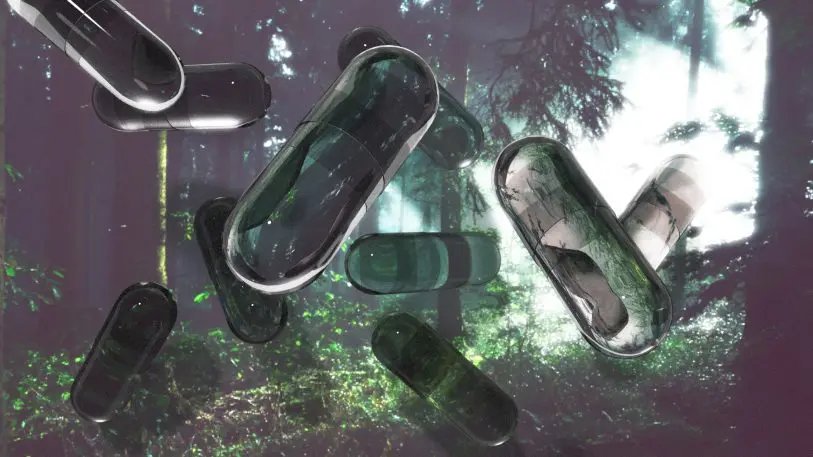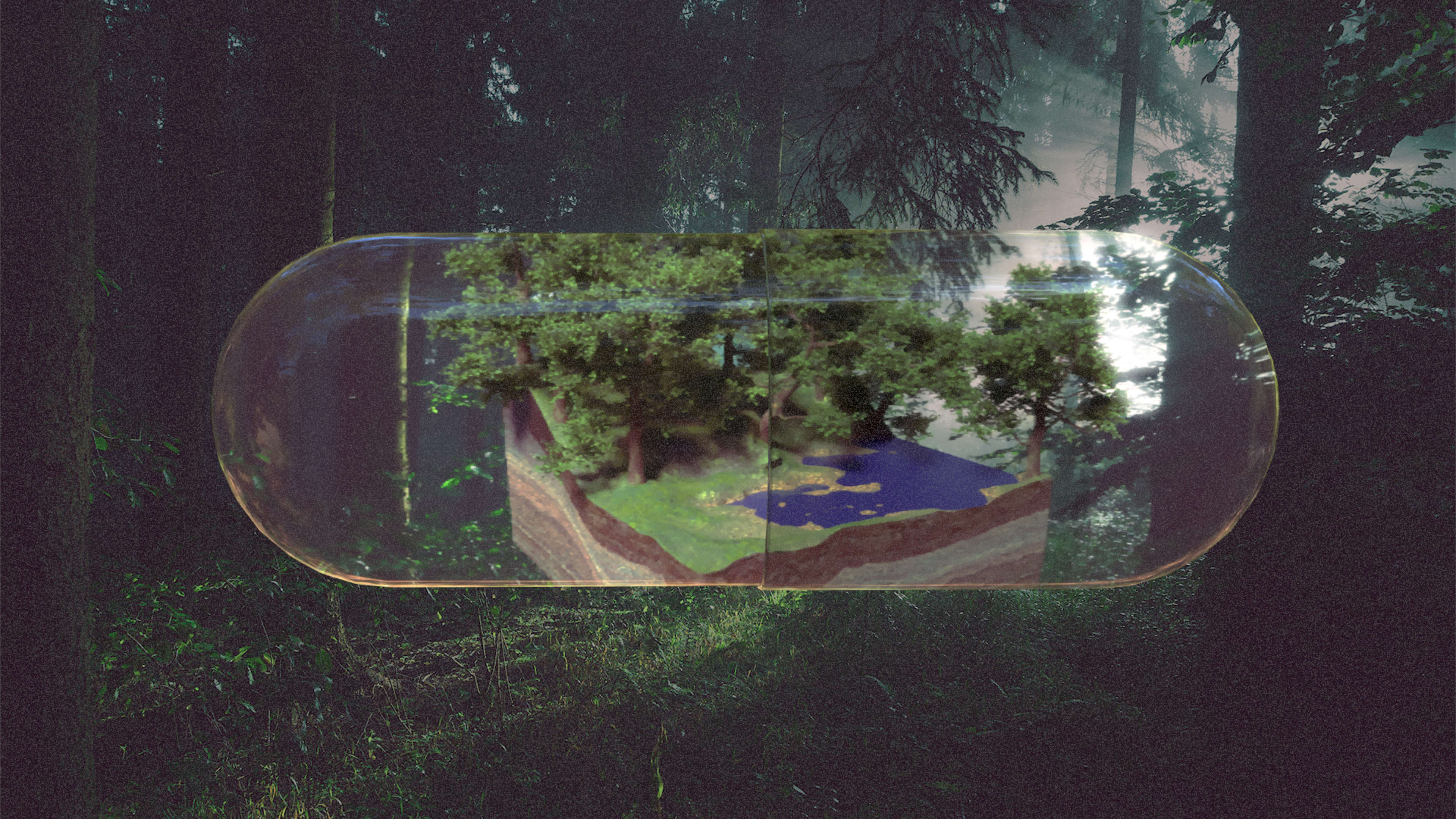According to a new study out of University of Michigan, taking a 20- to 30-minute “nature pill” can lower stress by biologically significant amounts.
What’s a nature pill? It’s simply going outside to spend some time in a place that feels like nature. You can sit or you can walk. You cannot exercise or use your phone. And it doesn’t even need to be a park or forest where you spend time, according to the study’s lead researcher MaryCarol R. Hunter. “Maybe the walk out the front door of wherever you work,” Hunter tells Co.Design. “If you have street trees or an open skyscape–if you see anything that feels like a nature–it starts.”
Hunter’s small study, which she believes to be the first paper that looks at the effects of nature on the human body over extended periods of time, tasked 36 urban dwellers with visiting a location that felt like nature to them three times a week for a minimum of 10 minutes each time. Note that there was no minimum area of green space or count of trees. It simply had to qualify as nature in the eye of the beholder.
Over the eight-week study, participants had the cortisol (or stress hormone) in their saliva measured before and after the nature experience four separate times. What the researchers gathered from all that data was that time in nature definitively reduces stress. The dip may start immediately, but only at 20 minutes does the data show the cortisol drop to be significant. The drop continues, topping out around 30 minutes, but cortisol levels will continue declining for as long as an hour.

“We wanted to figure out when it was the most efficient . . . when people can get the biggest effect,” says Hunter. “If you wanted to spend more than 30 minutes it would be more beneficial up to the first hour. If you really wanted to get the maximum amount in the minimum time, you’d do it for 30 minutes. But 20 minutes would do it for you.”
Hunter cannot say how long cortisol levels dropped after a nature pill–that would require more people and more funding.
Proving the link between nature and stress level is only part of what makes the idea of taking a “nature pill” so appealing. It’s also just clever branding that’s easy for the public to understand. The term “nature pill” itself isn’t new to the field of environmental studies, but Hunter likes it because it wraps the practice into a clinical prescription. A nature pill is something that the medical community can understand (and even prescribe!). It also seems to scratch that itch we have as modern consumers who would love to buy a product or pop a supplement to feel better. “Nature pills” brand the completely free act of standing near trees with all the calculating efficiency of Big Pharma.
As for what nature pills could mean for urban design, they most certainly validate that splashes of green can make a measurable impact on an urban dweller’s well-being. Cities don’t need to have Central Park on every block.
“I like to think of it in extremes. In a megacity, a concrete jungle pretty much, what does it take to have it be a good space? And if it’s a little dead tree, periodically [on the block], that’s probably not going to do it. But if it’s something that provides a sense of protection, a slight microhabitat, which can come down to the tree species you select, then maybe you’re in business,” says Hunter.
She also stresses that it’s not just about how green spaces in cities look that matters, but how they feel to all of our senses. She cites “the smell and slight coolness when you’re near to plants” as one of those intrinsic feelings that make us sense nature, even when there’s not necessarily much soil or chlorophyll around. And finally, there is really no single definition of “nature” that works for everyone, which is why she thinks urban spaces need a healthy variety of green designs, and it’s so important that you find a space that resonates with you.
“When you go outside, try to register with nature right away to stop the whirring brain,” says Hunter. “Just stop and be mindful of where you are.”
Recognize your brand’s excellence by applying to this year’s Brands That Matter Awards before the early-rate deadline, May 3.
